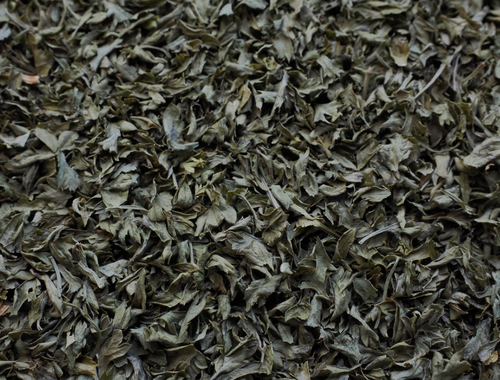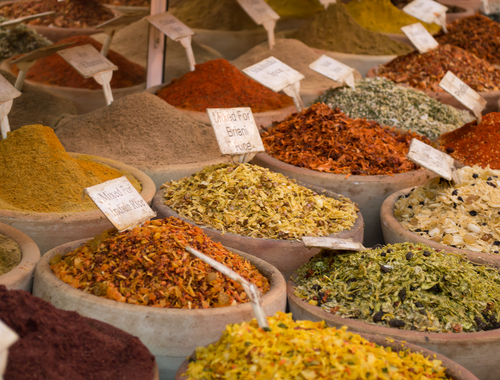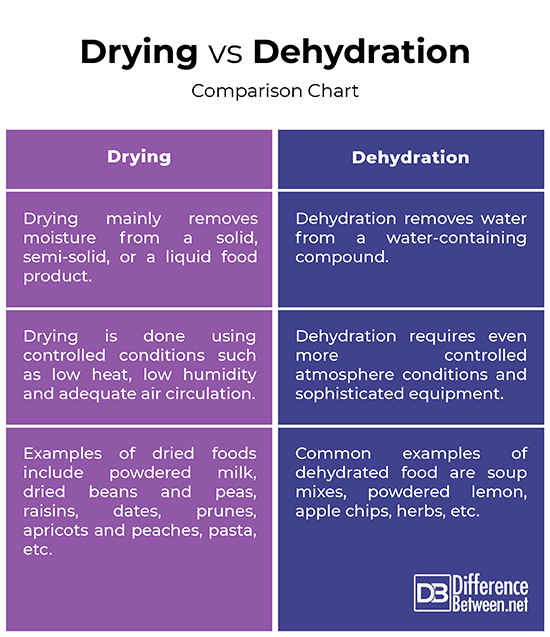Difference Between Drying and Dehydration
• Categorized under Food,Processed Foods | Difference Between Drying and Dehydration
It is not very commonly known when the preservation of foods by dehydration actually began, but history does show that when and how our ancestors learned to dry foods. Drying of foods is an ancient practice which eventually became one of the most commonly applied conservation methods for foods. Dehydration evolved over time to become a worldwide industry. While both the terms drying and dehydration mean removal of water from fruits, vegetables, and other food materials, there are subtle differences between the two methods. Let’s take a look.

Drying
Drying is one of the world’s oldest and the most common methods of preservation of foods by humans and the food processing industry. Drying is a method of food preservation in which water is removed to halt or slow down the growth of bacteria, yeasts, and mold. The term drying is typically used for preservation of food under the influence of non-conventional energy sources like sun and wind. The water is removed mainly by use of dry air which picks up the water from the surface of the product and carries it away. Drying mainly reduces the cost or hassles of packaging, handling, storing and transporting by converting raw food into a dry solid. It reduces postharvest losses and extends shelf life of fruits and vegetables.

Dehydration
The preservation of food by dehydration has been the preferred method of preservation for centuries. While the origins of dehydration go way back into antiquity, but it was only in the middle of the present century that this practice has been translated into terms of technology. Dehydration is the extraction of water content from foods by sun drying or machine drying so that the foods can be preserved for longer time, increasing their shelf life. Dehydration is one of the most common methods for preserving all the most popular fruits and vegetables, along with meat and herbs. This process removes 85 to 95 percent of the moisture in your food.
Difference between Dehydration and Drying
Meaning
– Both dehydration and drying are the most commonly applied preservation methods for foods. However, the terms drying and dehydration are not synonymous. Both of these methods remove moisture right out of the food in order to prevent the growth of microorganisms and the spoiling of food. The water is removed mainly by use of dry air which picks up the water from the surface of the product and carries it away.
Method
– There are several different methods that can be used for dehydration of foods, including sun drying, electric dehydrator, solar drying, air drying, a conventional oven, etc. Electric dehydrators are among the most common and efficient means of drying foods so that they can be preserved for indefinite periods by removing the moisture content from foods. Drying mainly removes moisture from a solid, semi-solid, or a liquid, whereas dehydration removes water from a water-containing compound.
Conditions
– Drying of foods for preservation is done using controlled conditions such as low heat, low humidity and adequate air circulation. This slows down the growth of bacteria, yeasts, and mold, thereby increasing the shelf life of the product due to reduced water activity. Dehydration is a more modern method of food preservation that requires even more controlled atmosphere storage and sophisticated equipment for preserving fruits and vegetables.
Drying vs. Dehydration: Comparison Chart

Summary
Dehydration is an age-old practice of preservation of food but it is often confused with freeze drying which is a much more modern technique of preserving fruits and vegetables, along with meat products. The main difference between the two methods is how the moisture is removed from the foods. Both direct and indirect drying is commonly found in food processing. The selection of a dryer is based on the entire manufacturing process. Dehydration of food is not limited to the selection of a dryer. The nutrition of the food is preserved to a greater extent with freeze drying that it is with dehydration.
What is the difference between drying and dehydration in chemistry?
Both the terms are often considered synonymous but they are two different things. Dehydration is an ancient technique used for centuries whereas drying is a modern industrial method of preservation of food.
What’s the difference between dried and dehydrated fruit?
Dried fruits are the fruits from which majority of the moisture content is removed either naturally or artificially. Dehydrated fruit are the ones from which all the water content is removed through drying methods.
What are the principles of drying and dehydration?
The four basic principles of drying and dehydration are moisture removal, evaporation, dehumidification, and temperature control.
What is the basic difference between dehydration drying and evaporation?
Drying and dehydration means removal of excess moisture from solid or liquid foods by evaporation. Evaporation is the conversion of liquid into a gas.
What are the types of drying?
There are a lot of different methods for drying of food such as sun drying, oven drying, contact drying, freeze drying, spray drying, convection drying, and more.
What are the different methods of drying and dehydration of fruits?
Some of the most common methods of drying and dehydration include contact drying, hot air drying, dielectric drying, sun drying, natural drying, etc.
Outside his professional life, Sagar loves to connect with people from different cultures and origin. You can say he is curious by nature. He believes everyone is a learning experience and it brings a certain excitement, kind of a curiosity to keep going. It may feel silly at first, but it loosens you up after a while and makes it easier for you to start conversations with total strangers – that’s what he said."
- Difference Between Caucus and Primary - June 18, 2024
- Difference Between PPO and POS - May 30, 2024
- Difference Between RFID and NFC - May 28, 2024
Sharing is caring!
Search DifferenceBetween.net :
Cite
APA 7
Khillar, S. (2023, January 25). Difference Between Drying and Dehydration. Difference Between Similar Terms and Objects. http://www.differencebetween.net/object/comparisons-of-food-items/difference-between-drying-and-dehydration/.
MLA 8
Khillar, Sagar. "Difference Between Drying and Dehydration." Difference Between Similar Terms and Objects, 25 January, 2023, http://www.differencebetween.net/object/comparisons-of-food-items/difference-between-drying-and-dehydration/.
Leave a Response
Written by : Sagar Khillar. and updated on 2023, January 25
References :
[0]Vega-Mercado, Humberto and Gustavo V. Barbosa-Canovas. Dehydration of Foods. Berlin, Germany: Springer Science & Business Media, 2013. Print
[1]Greensmith, M. Practical Dehydration. Amsterdam, Netherlands: Elsevier, 1998. Print
[2]Miles, Kay. Food Dehydration for Beginners: A Step-by-step Guide With Delicious Recipes. California, United States: CreateSpace, 2015. Print
See more about : Dehydration, Drying
